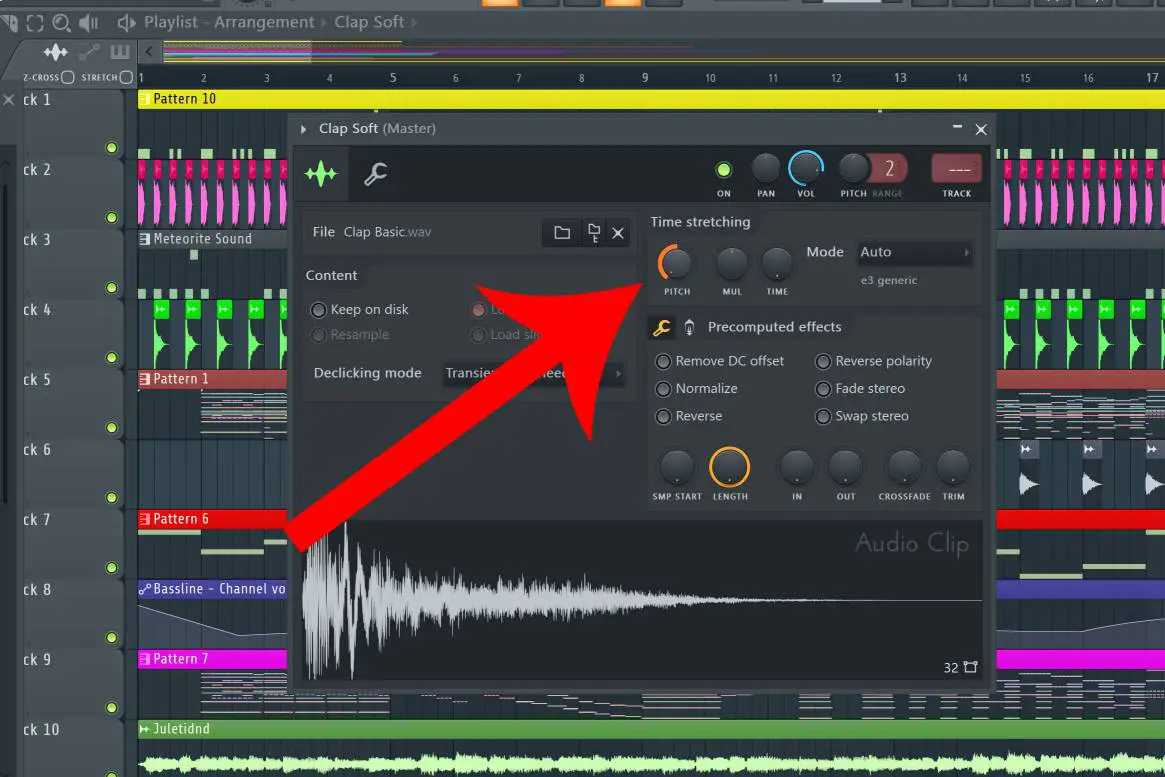Changing the keys of samples within FL Studio is easy if you know how to do it. There are 2 methods to do it which will be shown in this tutorial. Let’s go over this simple but hugely important function.
From within the Sample Settings
1. Doubleclick on the sample you want to change the pitch of. If you’re viewing the sample in the channel rack window just click it. A window with settings will pop up.
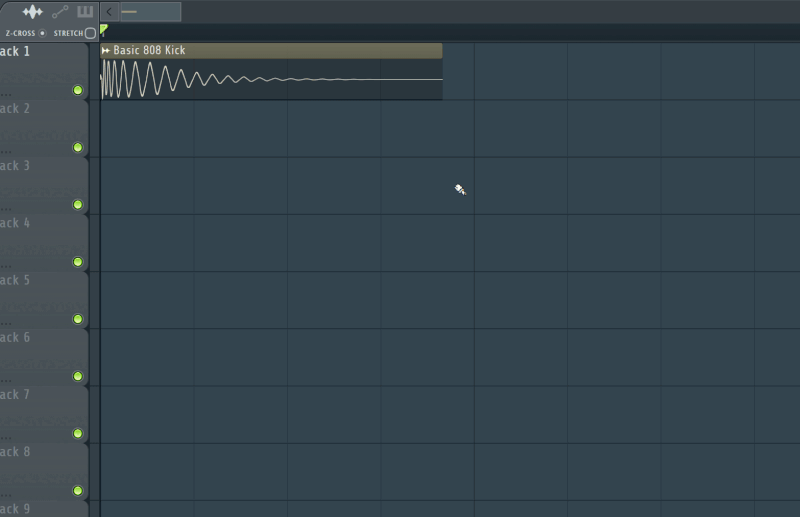
2. In the settings window that popped up there’s a pitchknob. Adjust it to change the key of your sample.
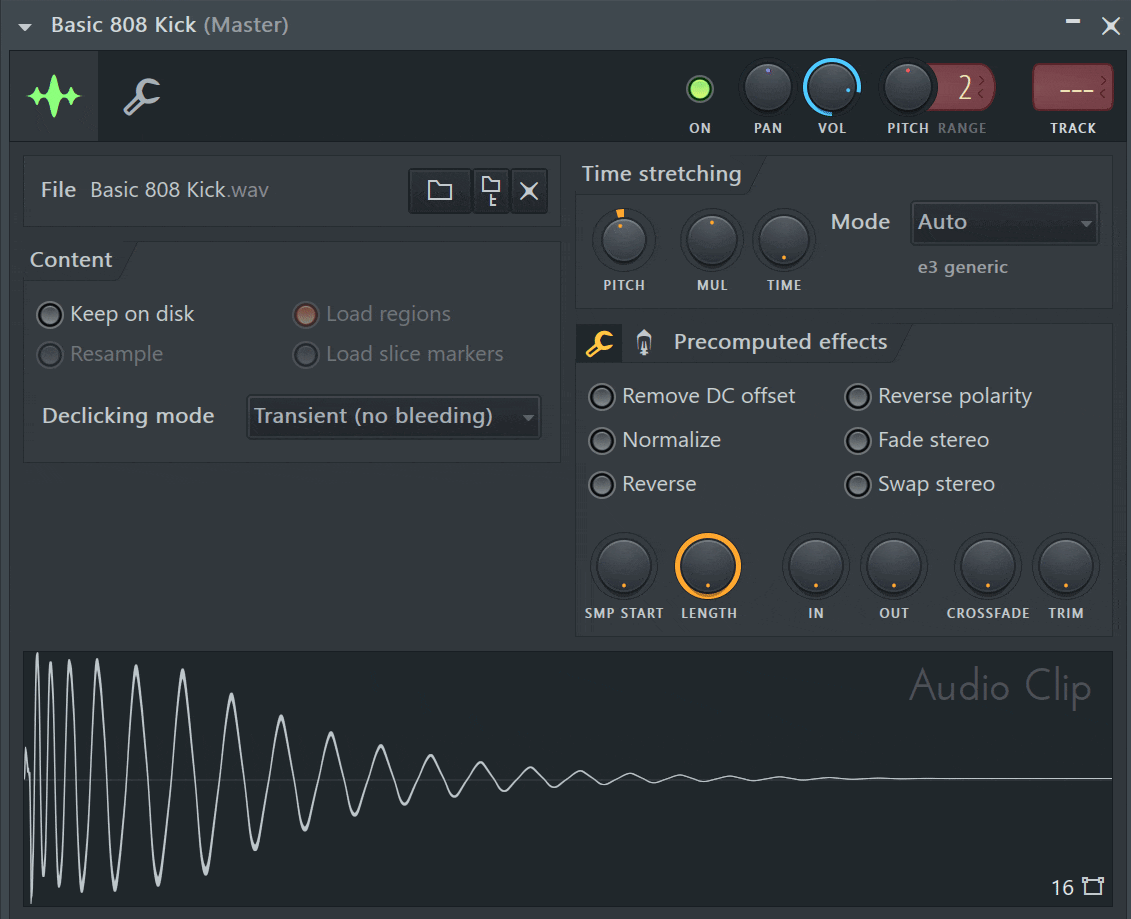
Most pitch changes will be in increments of -100 or +100, this is because an octave consists of 12 notes, and by changing the value of 100, you change it one whole note. By changing it less, you get less than 1 note’s change.
Good to know
FL Studios settings window has 2 pitch knobs, which work simultaneously. But you want to change the pitch from within the Time stretching module, as it allows you to transpose the pitch a whole 2 octaves as compared to just 200 cents (pitch is measured in cents).
From within the Piano Roll
You can also change the key of a sample using the piano roll. However, you may notice that the sample gets shorter or longer depending on what note you play with it.
This can be avoided if you want to have the same length for the sample at any given note. You can change the time-stretching mode from resampling to Stretch, and you’ll preserve the length.
1. Open the channel rack window, left-click on the sample and click on piano roll in the dropdown menu.
2. Create a note by clicking within the Piano roll and adjust the pitch of the sample by moving it up or down.
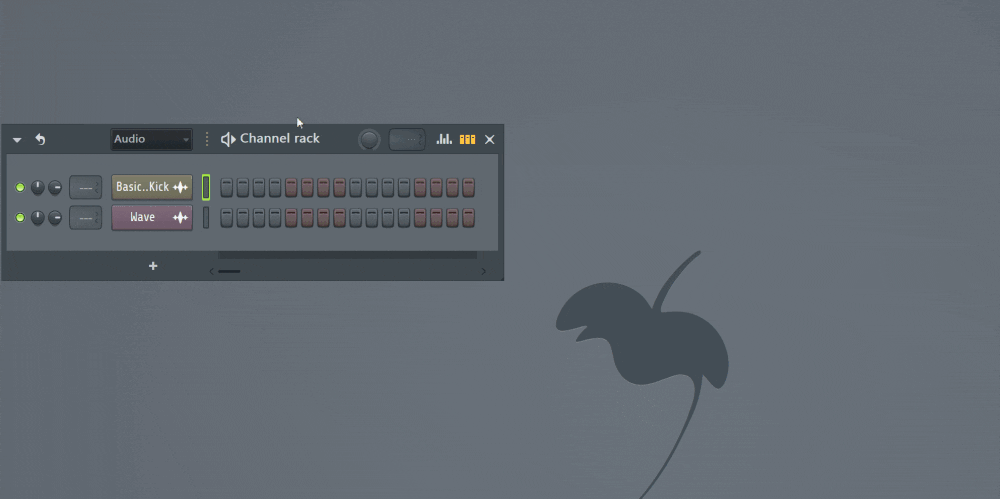
Finding the key of a Sample
Finding the key of a certain sample can be tricky due to the fact that some samples play in ambiguous keys such as drums. Drums can have so many frequencies within them and they don’t always have a clear harmonic pattern.
Here are the three things you can use to find the key of a sample.
- Your ears
- A tuner plugin to analyze the pitch/key
- An equalizer that shows you the dominant frequency (key)
A great equalizer for finding the key of a sample is Pro Q from Fabfilter. Which uses a piano roll that lets you see exactly where on the chromatic scale your sample is playing.
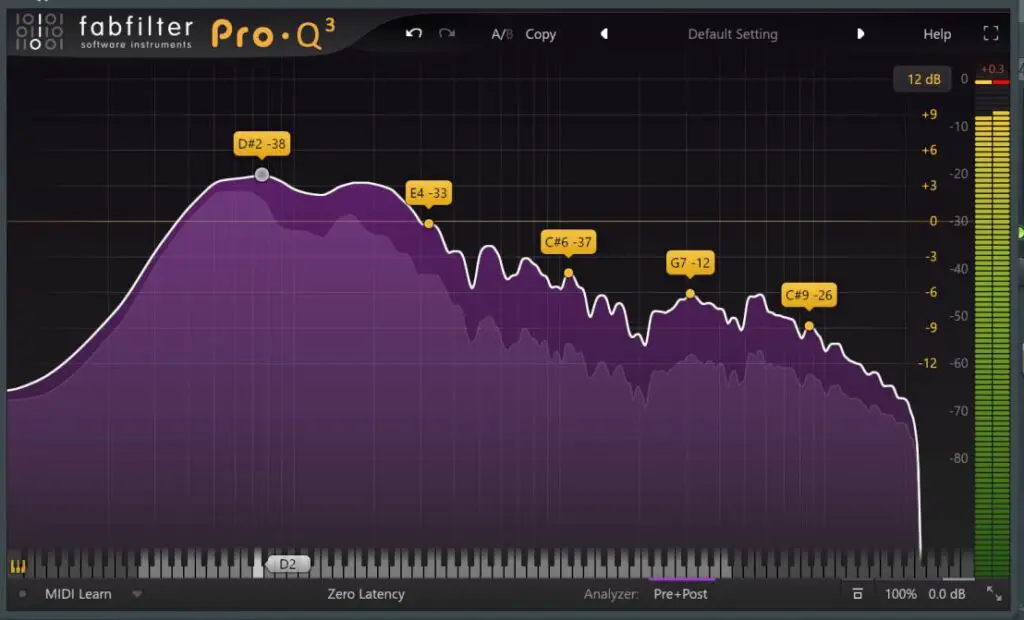
But you can also use for example FL Studios’ built-in plugin called Tuner, to quickly find the key.
That’s Everything
Note that this whole tutorial applies to transposing, changing pitch, and changing keys of samples as the words are used interchangeably among FL Studio users.

